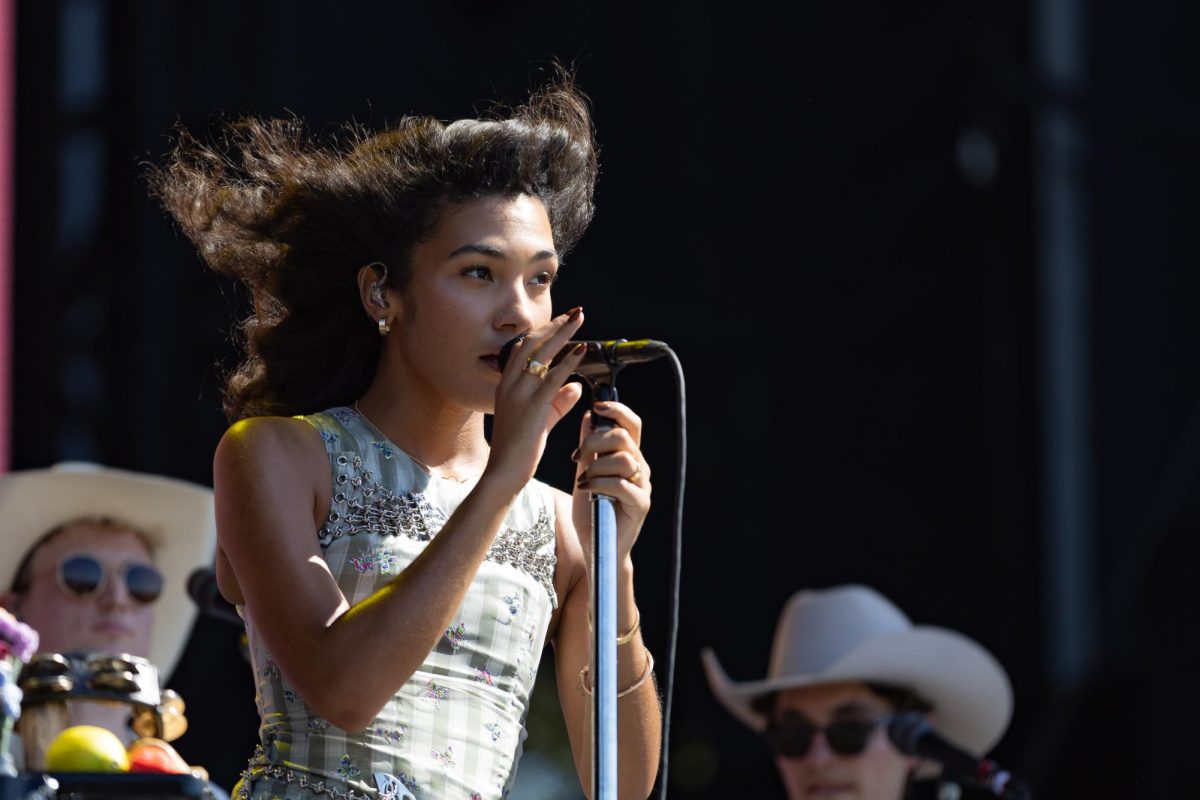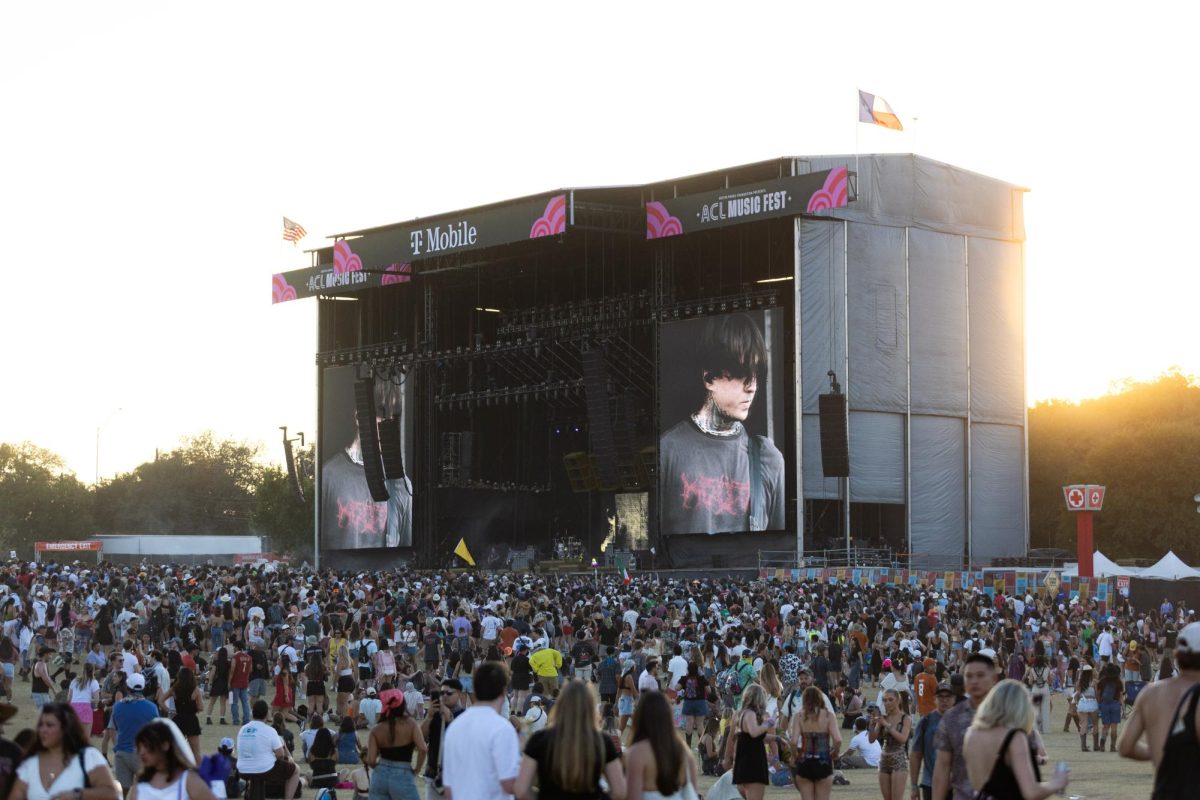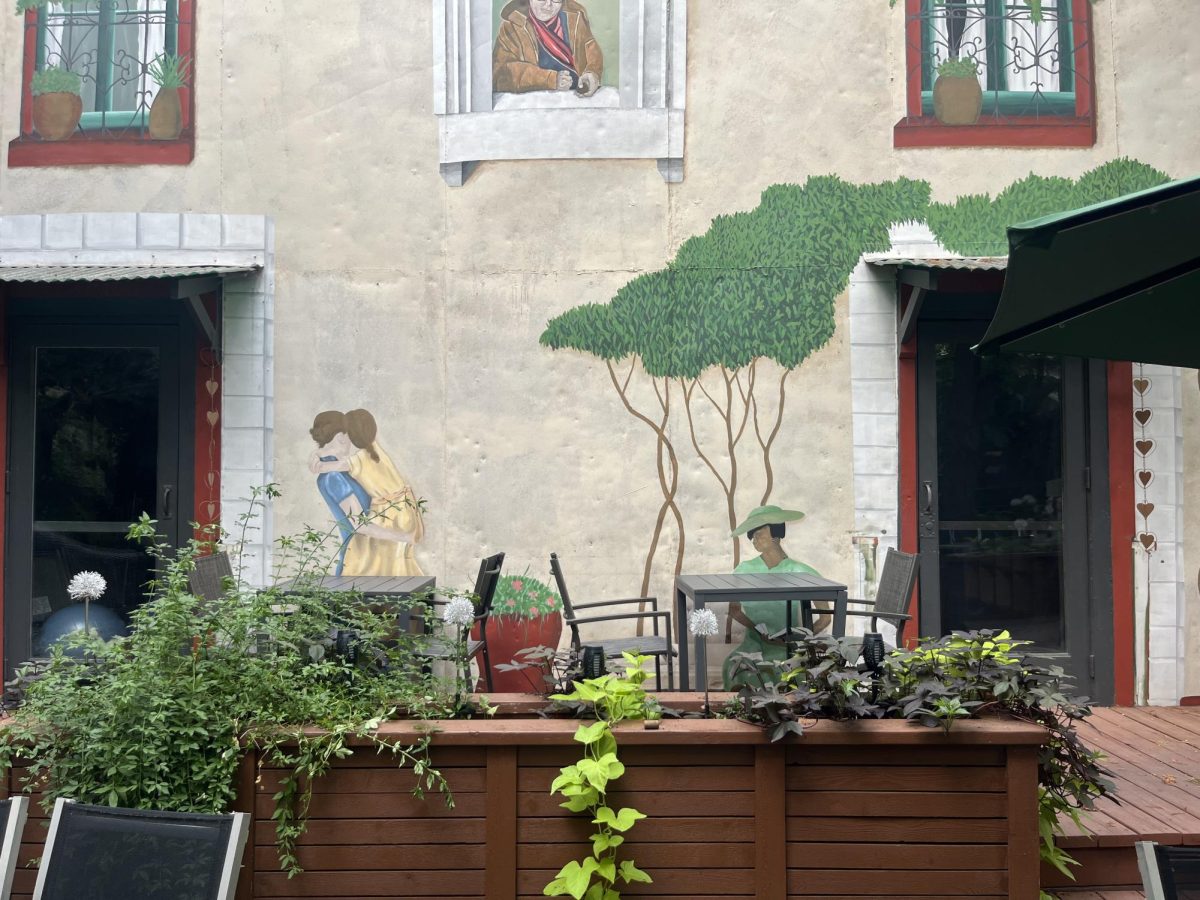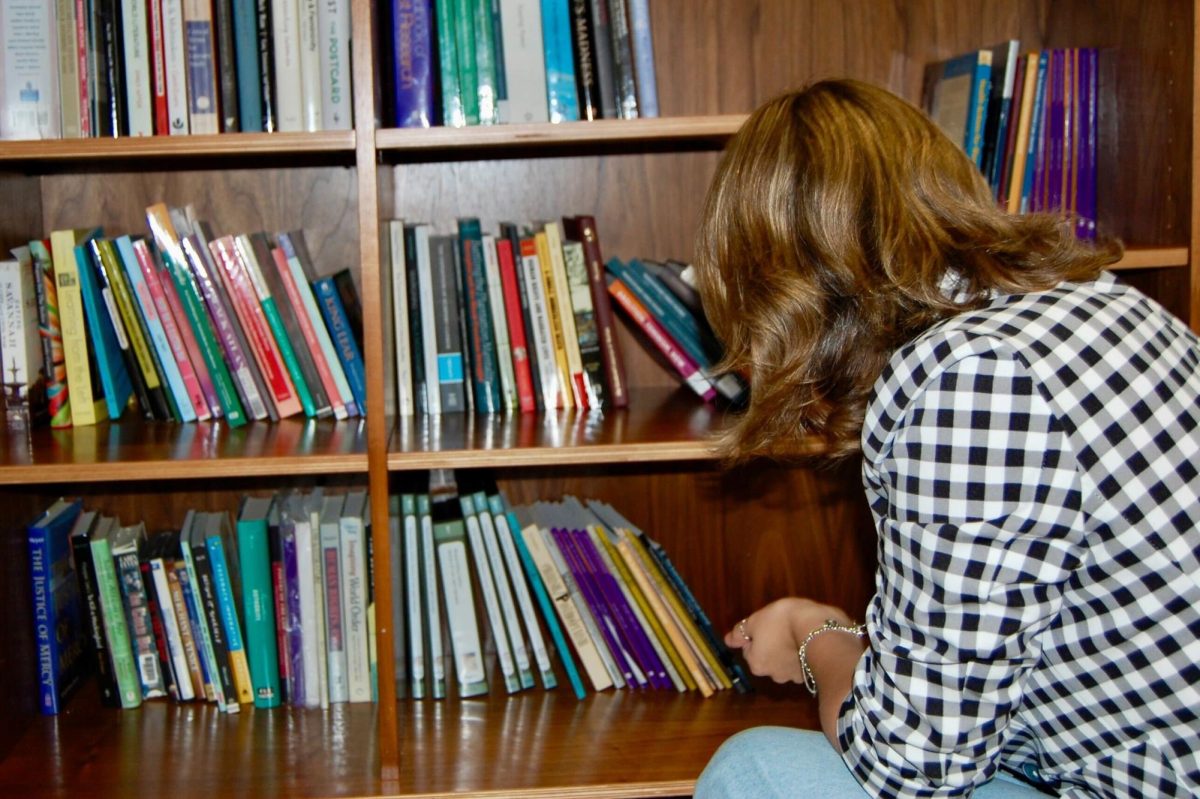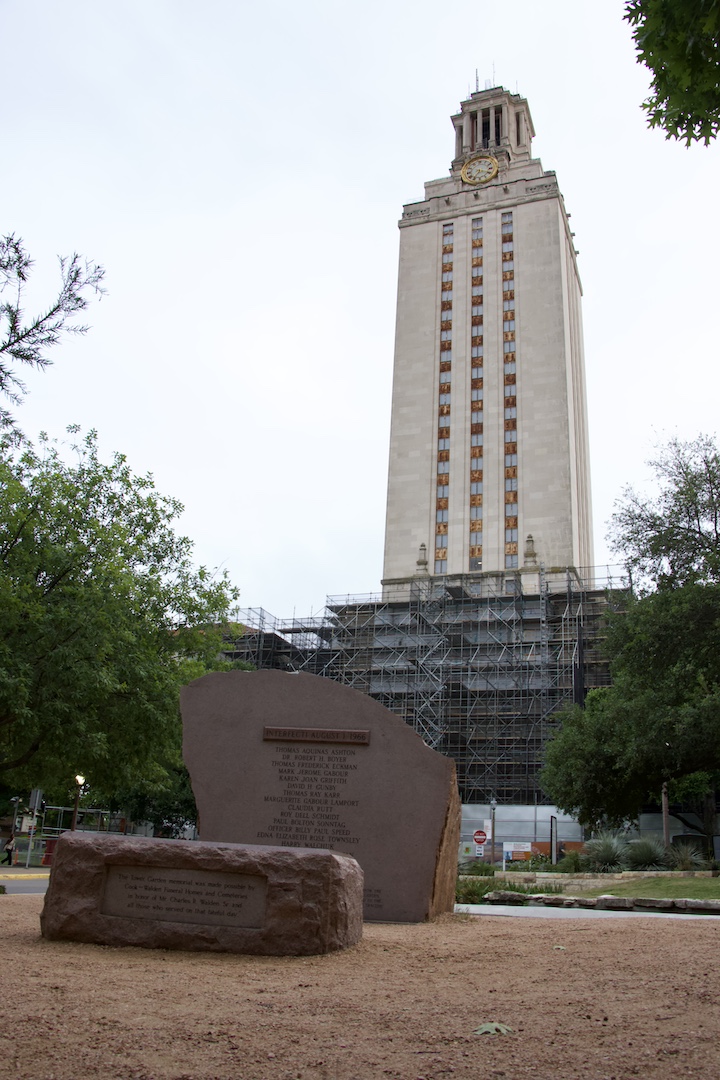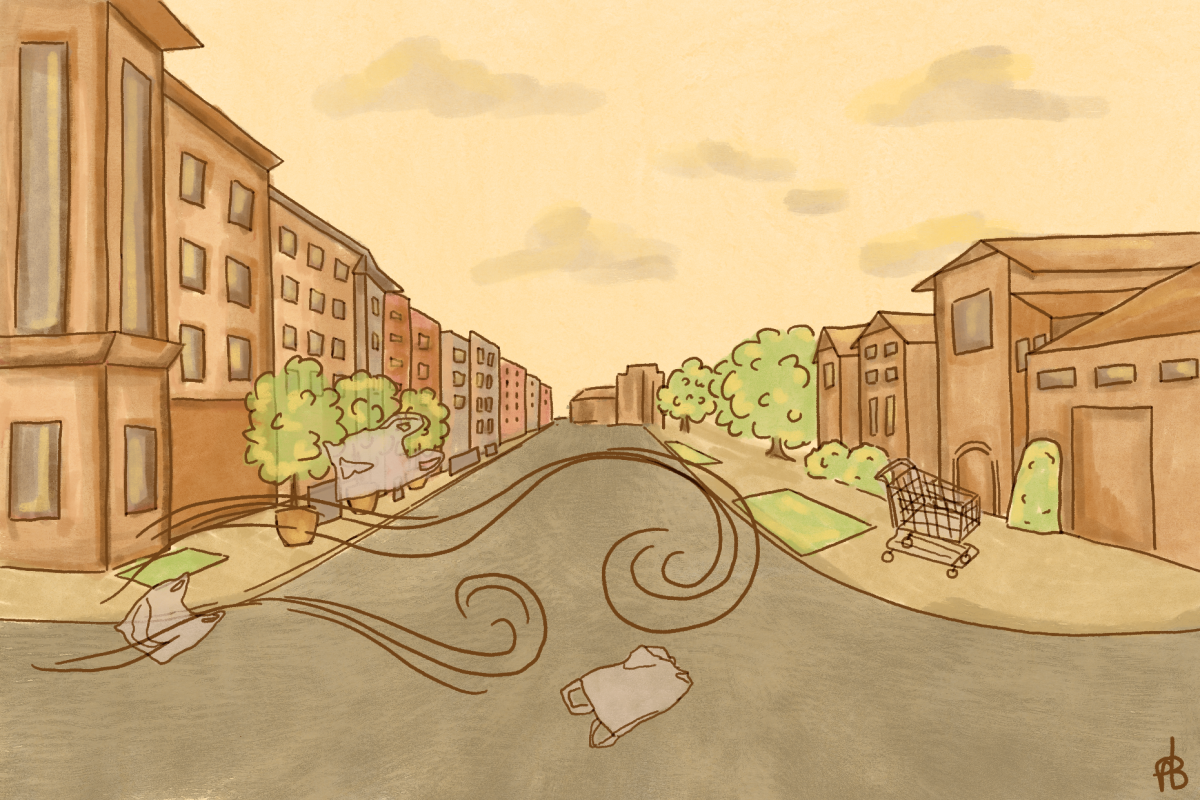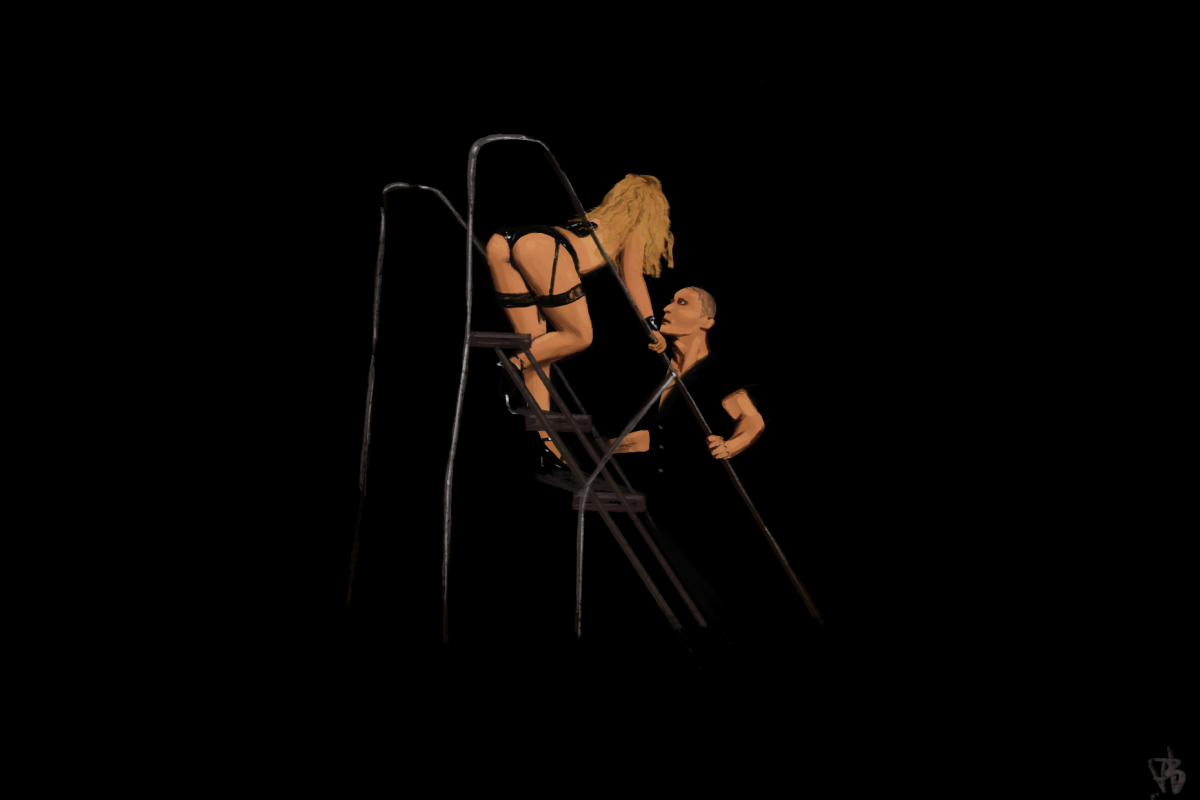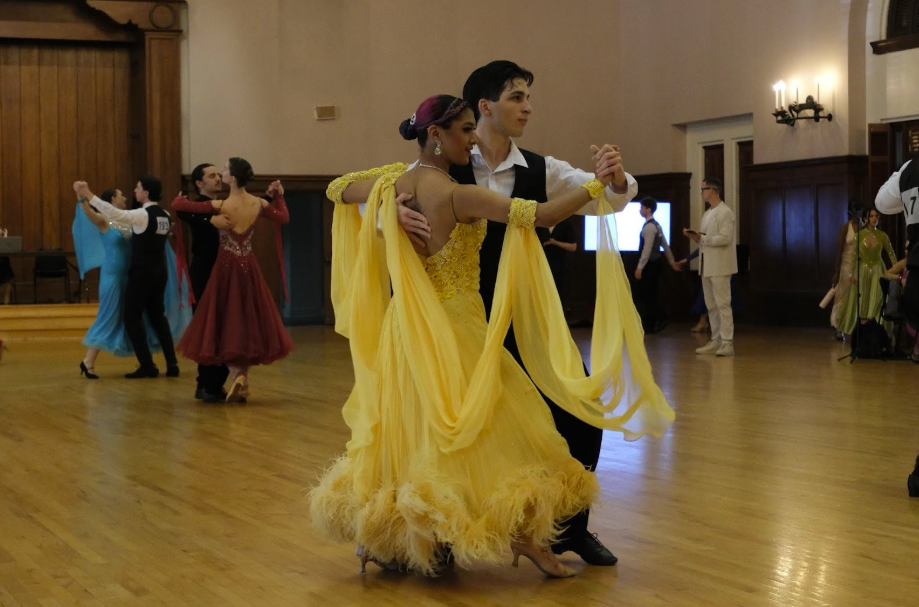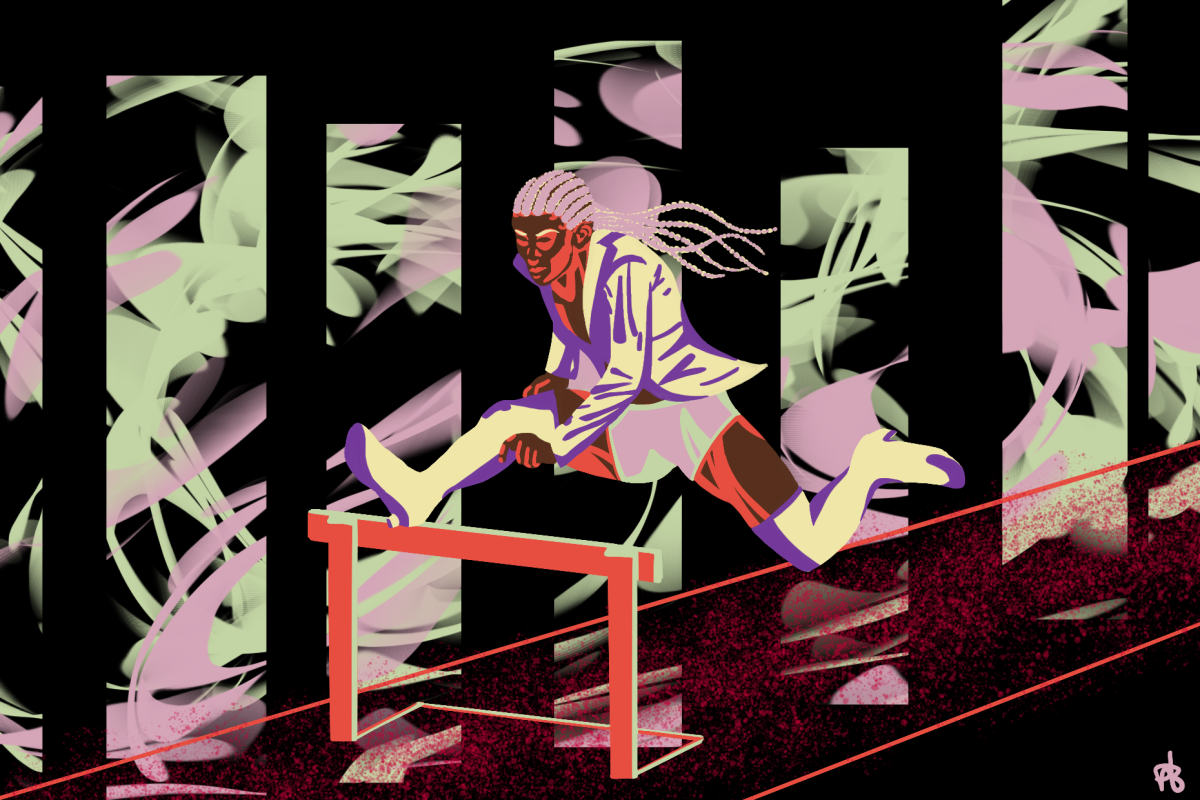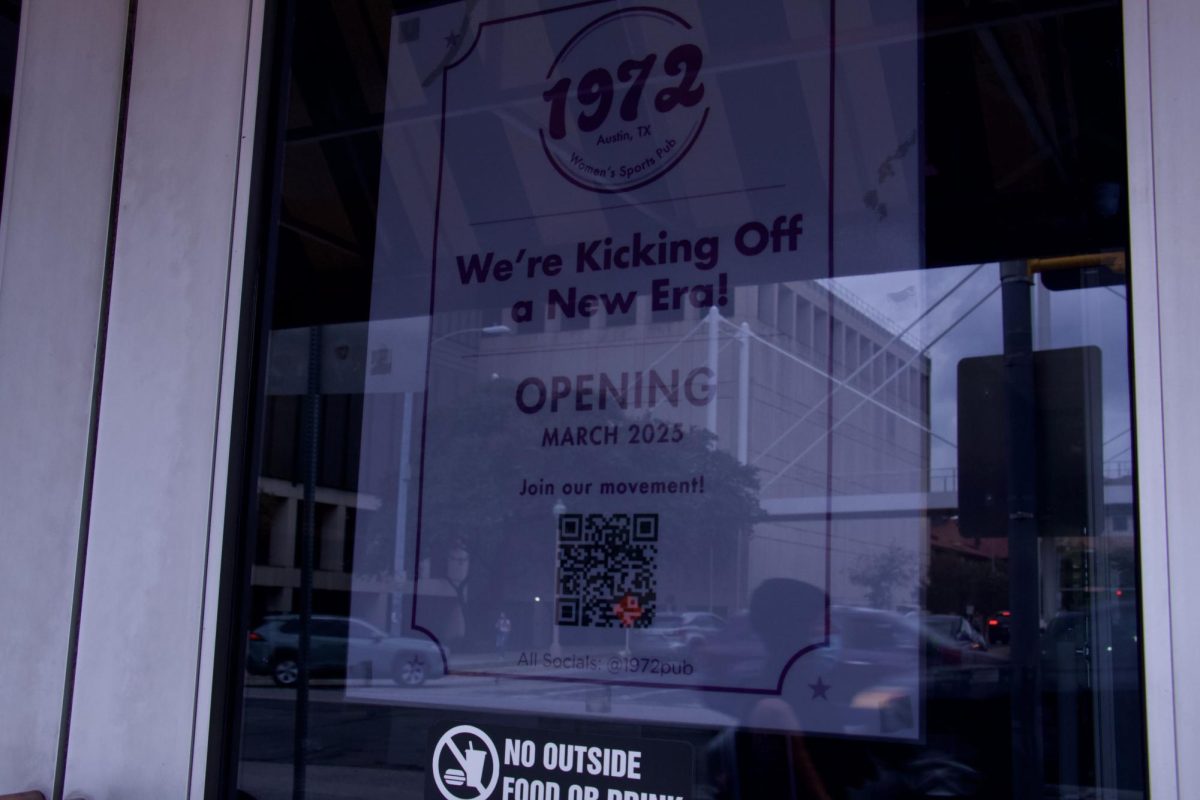Imagine you’re at a sporting event right now. What was the first thing that came to mind? Chances are, you thought of something like basketball, football or even pickleball. These games all have something in common —they need a ball!
Many sports consist of the defining physical and competitive aspects of athletics without using a ball.
A prime example is ballroom dancing.
Critics say dance is more of an art than a sport, leading it to be underestimated compared to other sports. However, by utilizing the three defining qualities of athletics — competition, human connection and physical activity — ballroom dancing proves itself to be equally demanding.
At UT, there are many opportunities to participate in sports, including Texas Ballroom –an organization that promotes ballroom dance through education, competition and performance opportunities.
“Texas Ballroom has been my whole experience at UT,” said Julian Herrera, a fifth-year pursuing a master’s degree in accounting and president of Texas Ballroom. “It shaped how I spend all of my free time and connected me to the friends I have now.”
Whether you are trying to pick up a new hobby or train to perform at a competition, Texas Ballroom offers students the opportunity to dance regardless of experience level. Members who participate in competitions can spend anywhere from 10 to 15 hours a week dancing, Herrera said.
For competitors, the spirit of competition becomes a source of motivation.
“It feels good to put a lot of time into choreography and competing, and to put your dancing and choreography up against other people,” said Herrera.
The hours devoted to practicing are not spent alone. Just as basketball and football teams require connection among team members, ballroom dancers understand the importance of partnership.
At Texas Ballroom, many members join without experience and a partner. As dancers participate in practices and competitions, they develop connections with fellow dancers.
Parker Holland, Texas Ballroom Vice President, said he started Texas Ballroom his freshman year and has fallen in love with Latin dance. He even found partnership with Kira Murillo, Texas Ballroom dance captain.
“Since joining, I have fallen in love with International Latin,” said Murillo, psychology junior, “and now specialize in it with my partner, Parker Holland.”
Ballroom dance partners spend hours developing synchronization, coordination and chemistry with one another. Creating connections can be one of the most difficult parts of sports, but similar to practicing physical skills, learning how to connect with others through teamwork can be one of the most rewarding aspects.
“I enjoy being able to connect with another person and create something with them,” said Murillo.
Practicing for many hours and weeks, Texas Ballroom provides members with the opportunity to showcase their work through events.
On Nov. 1, Texas Ballroom will host its 43rd annual Masquerade Ball. The event, called The Great Waltz, will take place in the Texas Union Ballroom from 6 to 9 p.m. and will feature a live orchestra, refreshments and hanging lights, according to the Texas Ballroom website.
Tickets cost $35 for students. More information about ticket purchasing and a Viennese waltz workshop being held before the event is available on the organization’s website.
It is a great opportunity for members to display their talents and for students to support the organization.
Recently, ballroom dancing has drawn a bigger audience largely due to the reality TV show, “Dancing with the Stars”.
The program showcases professional ballroom dancers who train celebrities –including famous athletes– to compete by performing dance routines in various styles.
Olympic Gymnast Jordan Chiles is a participant on the current season of the show. Despite years of training in a different sport, athletes like Chiles who are participating in the show must adjust to the endurance, coordination and discipline of dance.
“Ballroom dancing showed me how much my body can adapt to different environments,” Chiles said in an interview with Pop Sugar. “I have trained my whole life to flip and stick landings, dancing asks for my body to flow in a different way.”
The powerful stunts combined with electrifying music makes ballroom dancing a unique and highly entertaining sport, but it goes far beyond the stage.
Sports have the ability to transform lives not only physically and mentally, but socially. Members of Texas Ballroom have experienced this transformation firsthand.
“My experience at Texas Ballroom has given me a lot of friends from all different majors,” Murillo said, “As well as a big sense of confidence and a strong leadership aspect to my personality that I have enjoyed creating.”
Ballroom dance has changed the lives of people all around the world, including students at UT. Who knows, it may even change your life!
Whether it is tuning in on a Tuesday night to watch an episode of “Dancing with the Stars” or joining Texas Ballroom in one of its practice sessions, give ballroom dance a try! Either way, ballroom dance is on the rise, one tango and waltz at a time.

